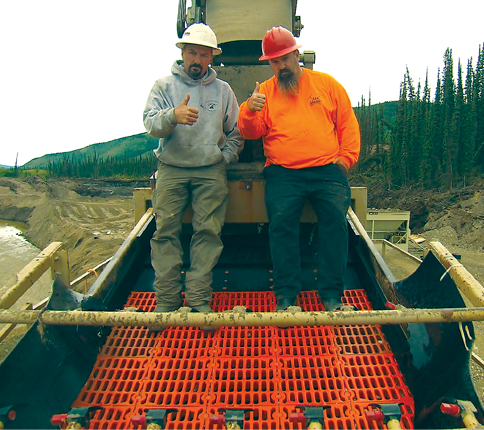- Our Products
A wide, innovative selection of screen media solutions built to meet your specific needs.
High quality liners and protectors engineered to mitigate wear on your equipment.
Stringers and jigged conversion kits specially engineered for longer wear life and maximum throughput.
- Our Services
- Our Company
- Resources
- Contact Us
- Our Products
A wide, innovative selection of screen media solutions built to meet your specific needs.
High quality liners and protectors engineered to mitigate wear on your equipment.
Stringers and jigged conversion kits specially engineered for longer wear life and maximum throughput.
- Our Services
- Our Company
- Resources
- Contact Us
June 22, 2022
The historic rush for gold that erupted in 1849 in the state of California, later jumping to Canada’s Yukon Territory, was less about striking it rich […]
